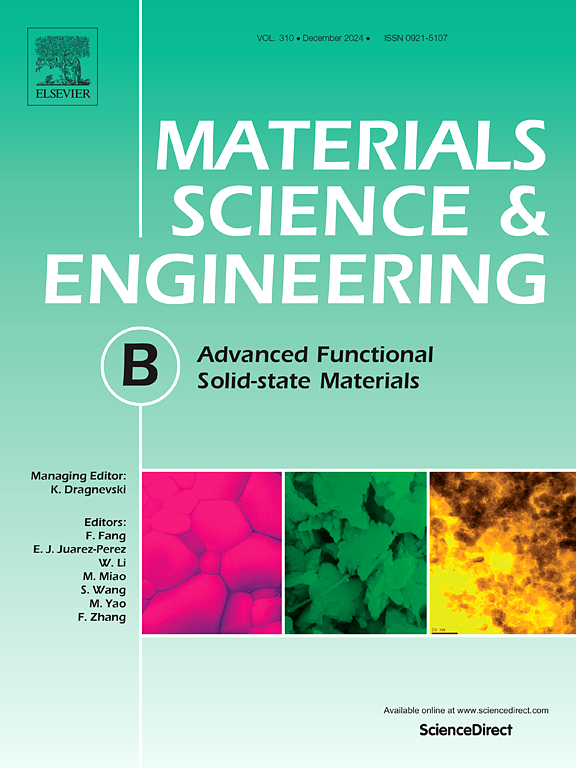Study on the interface properties and thermal conductivity of graphene/silicone rubber composites with structural defects and surface modifications
IF 3.9
3区 材料科学
Q2 MATERIALS SCIENCE, MULTIDISCIPLINARY
引用次数: 0
Abstract
The inevitable defects of graphene (GE) in the preparation process and the problem of insufficient reduction degree of graphene greatly compromise the thermal conductivity of graphite-filled composites. Surface modification of graphene can promote interfacial heat transfer. However, the effects of functional groups and defect types on the thermal conductivity of composites are still unclear. Therefore, this study employs molecular dynamics simulations to investigate the effects of defect types and functional groups on graphene-filled vinyl silicone rubber (MVSR) composites. Additionally, it elucidates the competitive mechanisms of surface modification on the destruction of interface structure and the improvement of thermal conductivity. The results indicate that the interfacial thermal conductance (TC) of the divacancy GE/MVSR composites is lower than that of the monovacancy GE/MVSR composites when the concentration of vacancy defects is 2.2%. Moreover, when the structural defects of graphene are reconstructed, the TC of the composite material is reduced. When the grafting ratio is 4.8%, the thermal conductivity of the carboxylated graphene (GE-COOH)/MVSR composite material is maximized compared to other functional groups. When the carboxyl grafting ratio is 19.9%, the thermal conductivity of the composite material increases by 30% compared to pure MVSR. The results of this study provide valuable information for the study of the effects of functional groups and defects of graphene on the thermal conductivity of graphene-filled nanocomposites, and provide guidance for the surface modification of graphene and the optimization of thermal conductivity of graphene/rubber composites.

求助全文
约1分钟内获得全文
求助全文
来源期刊

Materials Science and Engineering: B
工程技术-材料科学:综合
CiteScore
5.60
自引率
2.80%
发文量
481
审稿时长
3.5 months
期刊介绍:
The journal provides an international medium for the publication of theoretical and experimental studies and reviews related to the electronic, electrochemical, ionic, magnetic, optical, and biosensing properties of solid state materials in bulk, thin film and particulate forms. Papers dealing with synthesis, processing, characterization, structure, physical properties and computational aspects of nano-crystalline, crystalline, amorphous and glassy forms of ceramics, semiconductors, layered insertion compounds, low-dimensional compounds and systems, fast-ion conductors, polymers and dielectrics are viewed as suitable for publication. Articles focused on nano-structured aspects of these advanced solid-state materials will also be considered suitable.
 求助内容:
求助内容: 应助结果提醒方式:
应助结果提醒方式:


